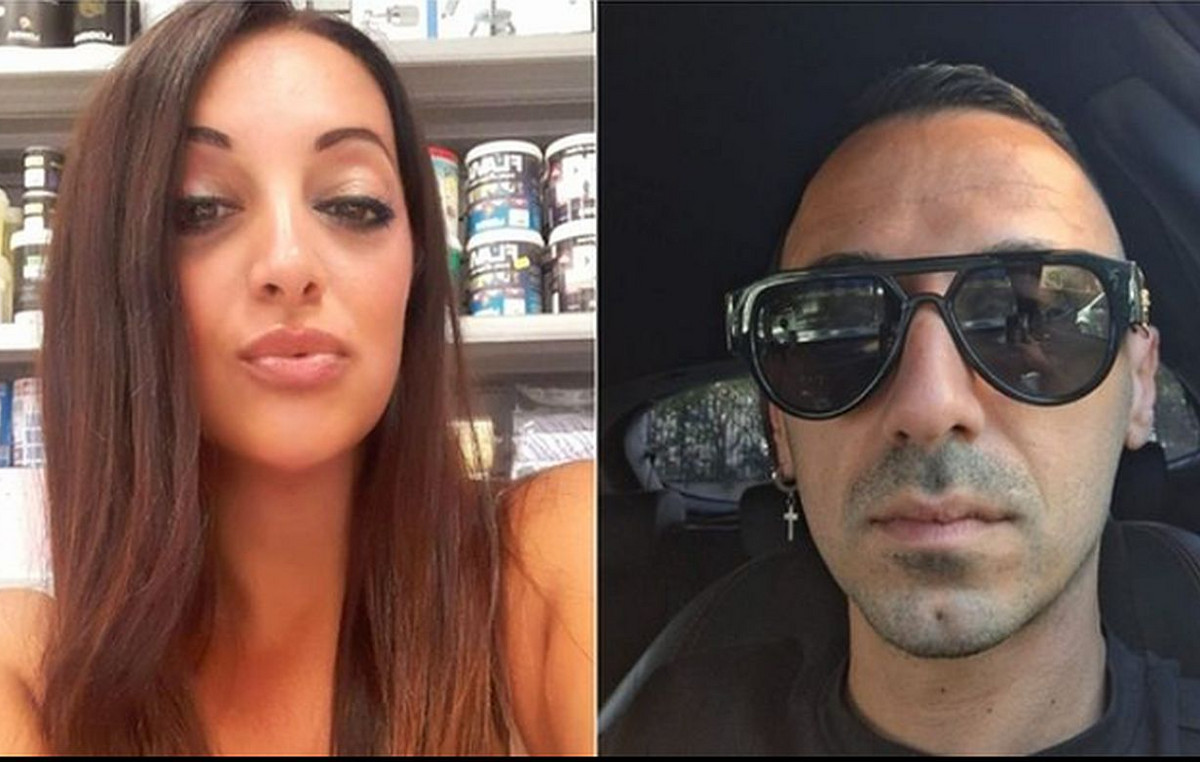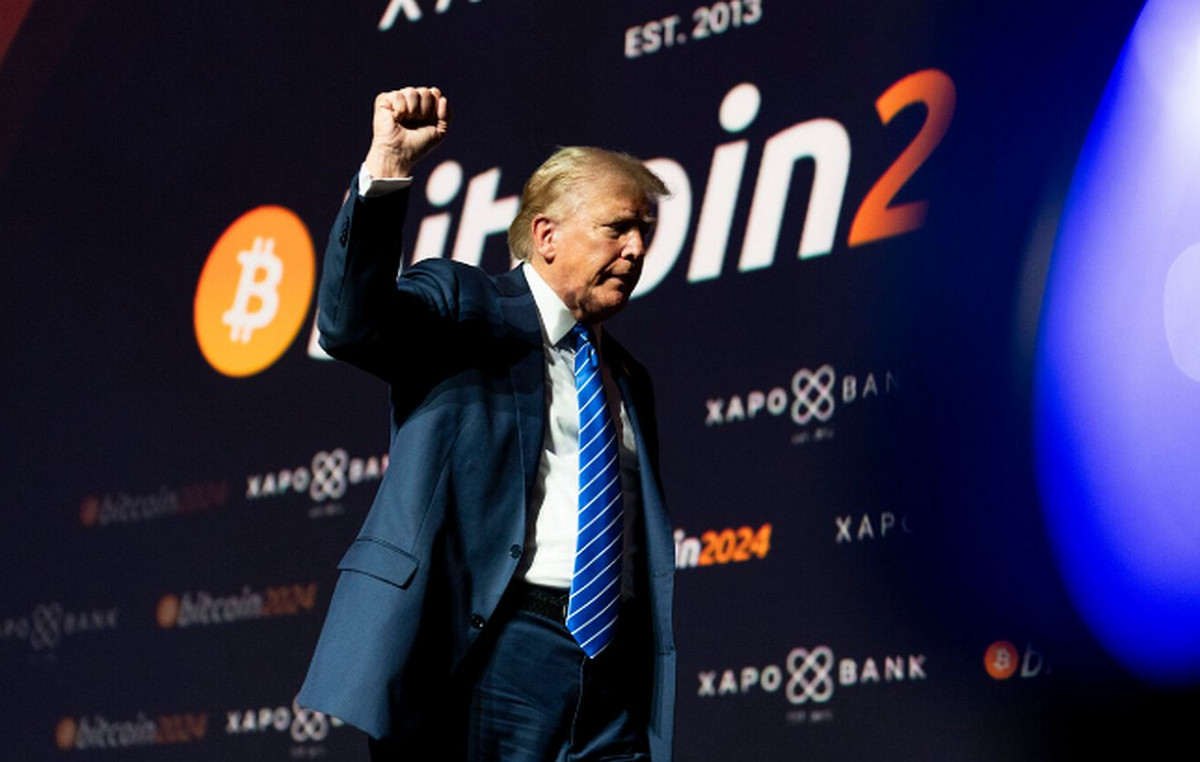This article is published in number 14 of Vanity Fair on newsstands until April 5, 2022
True love is like ghosts », wrote the noble Parisian aphorist François de La Rochefoucauld in the seventeenth century, because« everyone talks about it and few have seen it ». Among the few who have seen a ghost, and so closely as to be able to faithfully replicate the appearance, there is certainly the American artist and designer of Japanese origin Luna Ikuta. In her works, Ikuta composes fascinating dioramas of translucent plants that move underwater, and manage to convey the sense of precariousness and liminality that is part of every life.
In his series Afterlifethe artist has chemically removed the color and chlorophyll from some flowers, such as chrysanthemums and sunflowers, collected around his home in Los Angeles, creating temporary works that last a few months and are inspired by the techniques of aquascaping and the very ancient Japanese ikebana, the ornamental art that uses the arrangement of cut flowers.
In these pages: some creations that make up the series Afterlife by Luna Ikuta, an American artist born in Tokyo.
After a childhood in a house where there was a passion for art, especially thanks to her mother, Luna Ikuta found her way into studies in the field of industrial design. TO Vanity Fair explains: “I love studying the physical limitations and properties of materials. What brings me joy in making art is precisely to search for the emotional values that we intrinsically attribute to certain properties of materials: weight, color, temperature, translucency ». Luna Ikuta’s works are “functionally emotional works of art,” says their author, which exist in relation to the feelings they provoke in the viewer.
At first they weren’t even supposed to be works of art, to be honest: “I used to walk the streets around my house, where there is an overabundance of nature. It all started from my curiosity for the material properties of plants, more like a researcher experiment than with the artist’s intuition: I had no expectation of seeing it become an artistic exercise “, explains Ikuta. But art, like De André’s spring, does not knock: it enters safely. And so the designer, after removing the pigments and chlorophyll from the plants, without however damaging their external physical structures, in a process that lasted “more or less three weeks”, looked at them. And she realized that she had before her the possibility of creating paintings of a beauty and charm inexplicable in words.
As an experimenter that she is, Luna Ikuta is also among the pioneers of the NFT, i token that are revolutionizing the world of art, decentralizing trading and reviving the collecting of digital objects: Afterlife it was tokenized last October, and in January Vogue Singapore presented a special collaboration with the artist. THE non-fungible token are they the right solution for an artistic production like yours, which combines techniques so different from each other? “When I started I wanted to experience an expansion of public participation in my works,” explains Ikuta. «The fleeting and fleeting nature of botanical works is actually inversely proportional to the ‘eternal’ nature of this digital technology. My series Afterlife it escapes the norms of what is traditionally considered sculpture and what is traditionally considered digital art: yet, a fast and unpredictable world like that of the NFT has proved capable of giving it a cinematic grace ».
«My works are placed in that gray area that overlaps between life and death» – Luna Ikuta
And indeed, of all the complex emotions that Ikuta’s works arouse in us viewers, it cannot be denied that the calm aimed at contemplating the ethereal purity of its phantom flowers is among the first; yet there is also more. For example, thatuncanny valleyor sensation of disturbance of everyday life, given by being in front of something common – such as a wildflower to be admired during a walk – emptied of its color and its own sense, subtracted from the passage of time but in a ‘work of a temporary nature, immortalized but abandoned to its mortality.
How important are the themes of life and death in Luna’s artistic production? “I think that more than talking about life and death, my works represent that gray area that stands between one and the other. They are made to record the little epiphanies of what it really means to be alive. Most of the times it is difficult to communicate and express them, but as an artist I want to aim to address the widest possible audience, stimulating universal sensations ».
How important are the Japanese roots in the artistic production of Luna Ikuta? The small underwater gardens and the use of ikebana art, applied to the dictates of the physics of materials and industrial design, seem to refer to a happy union between aesthetic canons of different latitudes. “Even though I was born in Tokyo, I mostly grew up in the United States. I absorbed Japanese culture through my education, but my production is certainly conditioned by Western lenses. I feel privileged to have had a bi-cultural education, because it allows me to talk about diversity of cultures and opinions, but my art does not want to teach interpretations of Japanese culture: it exists as a nuance that belongs to me, that of a person raised in the United States and born in Japan “.
What’s the best thing about participating in the great NFT and Metaverse revolution? For the designer (on display in the digital museum that Vanity Fair will present at the Venice Biennale, see box), being “on the crest between simulation and reality”, a situation that allows “to evolve in parallel with the technology itself” and to “elevate artistic expression”, allowing distributions, uses and revenues that until recently seemed impossible.
But where will all this be good new meta-world in five or ten years? Difficult to say, given the speed at which it moves and the primordial stage at which it is: «I don’t want to pretend I know where all these things will go, since they all change every day. What interests me above all is knowing that there is a new medium that can give new opportunities and elevate art ». And that is already allowing us to look ghosts in the eye.
Let’s open the “metamuseum”
Jesse Draxler was the first, now it’s Luna Ikuta’s turn, in the coming weeks we will introduce you to the others. They are the artists on display in the museum that Vanity Fair is setting up in the Metaverse and which will be open to visitors starting from April 21, after the launch organized on the occasion of the Venice Biennale of Art. In collaboration with Valuart, Vanity Fair will exhibit the leading names of the international digital art scene in the rooms of its virtual pavilion. An immersive experience that continues the exploration of the Metaverse started by our magazine last year.
To subscribe to Vanity Fair, click here.
Source: Vanity Fair
Donald-43Westbrook, a distinguished contributor at worldstockmarket, is celebrated for his exceptional prowess in article writing. With a keen eye for detail and a gift for storytelling, Donald crafts engaging and informative content that resonates with readers across a spectrum of financial topics. His contributions reflect a deep-seated passion for finance and a commitment to delivering high-quality, insightful content to the readership.







